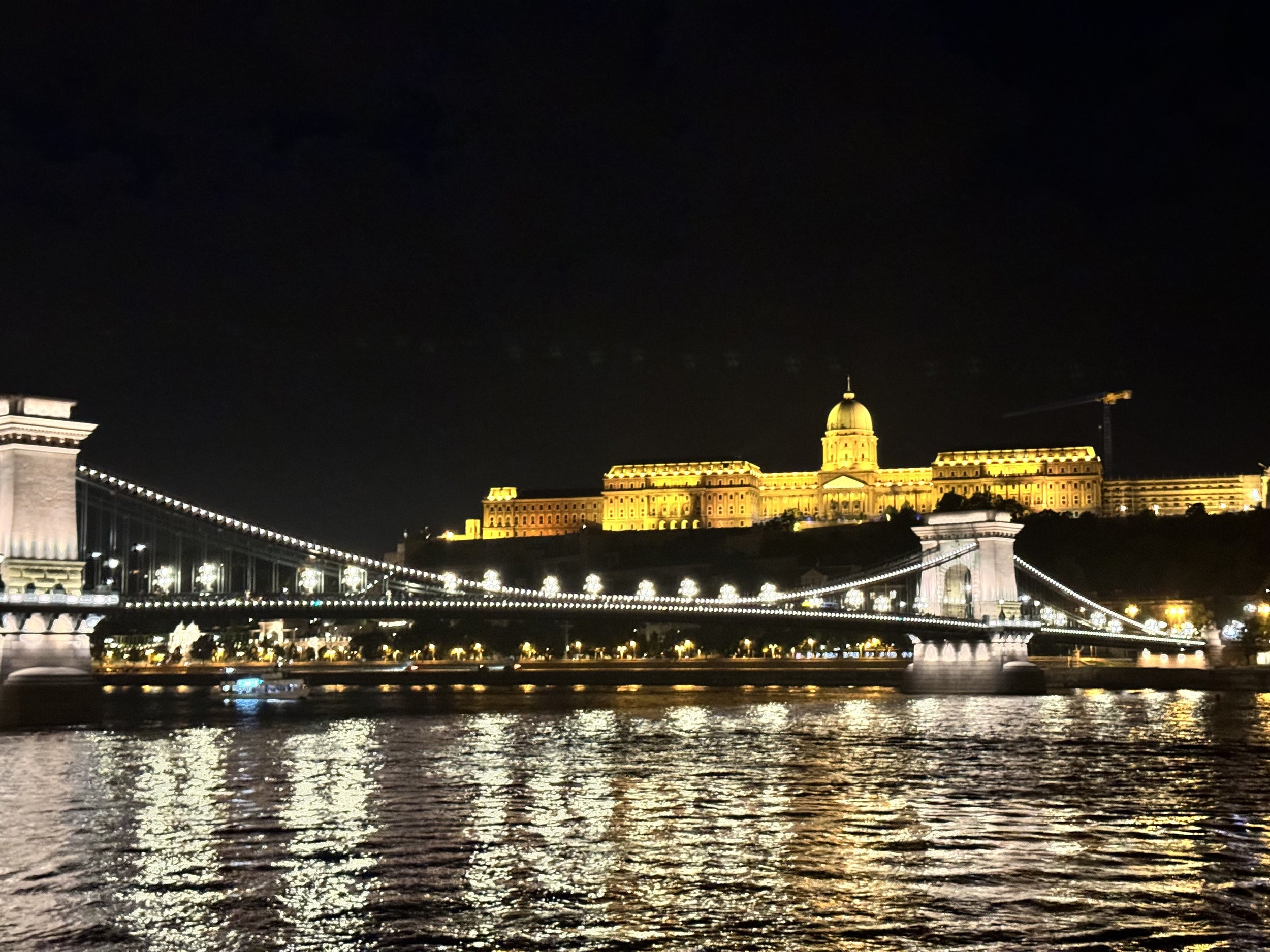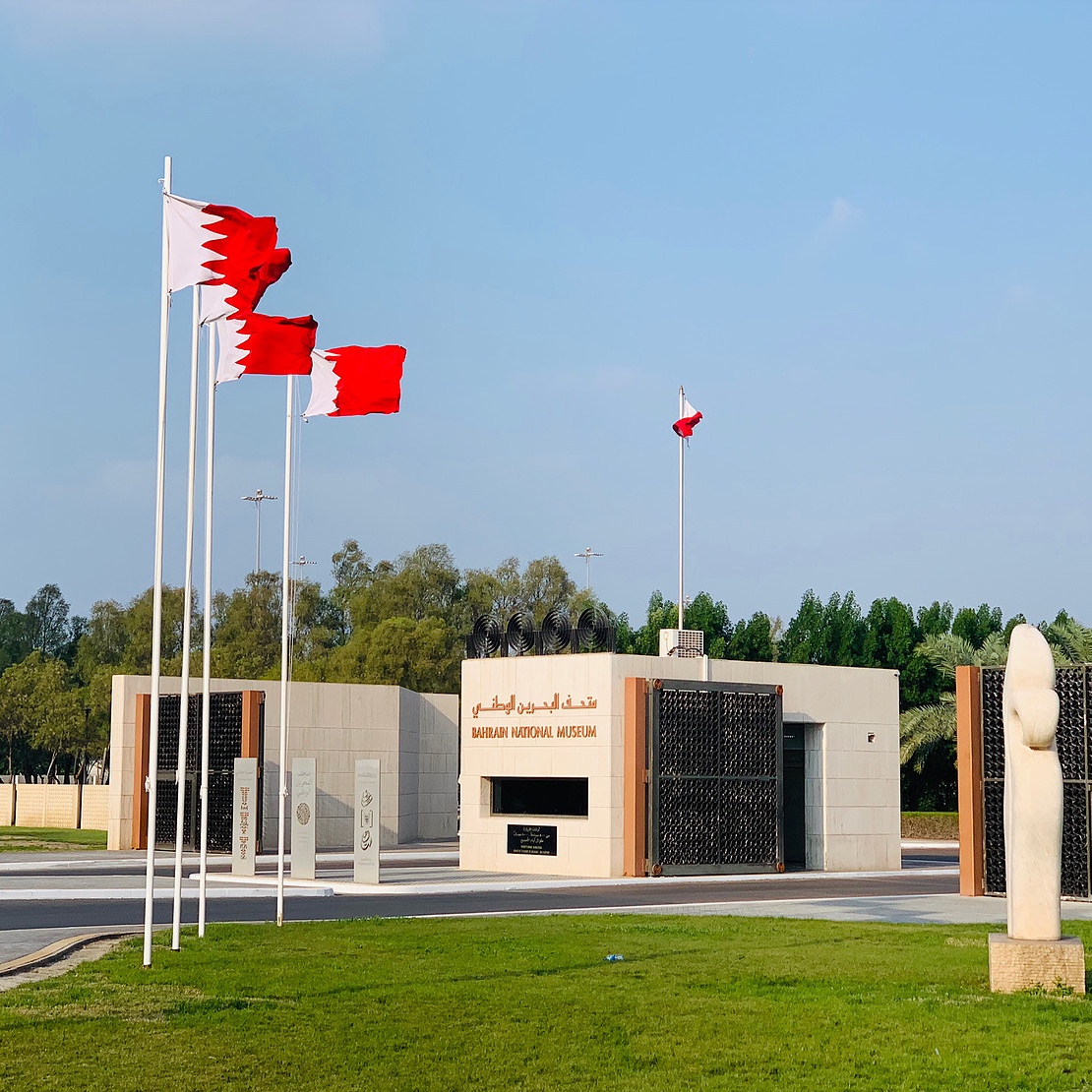The Liberation of Budapest and Sándor Márai
Széchenyi Chain Bridge
The Liberation of Budapest and Sándor Márai
Authour: Roberto Matteucci
Photo credit: popcinema.org
Click Here for Italian Version
Budapest is the city of Sándor Márai. He was born in Košice, then part of the Kingdom of Hungary, and committed suicide in San Diego, USA. Yet, Sándor Márai is inextricably linked to Budapest: the city of his education, of the tragedies of the Second World War, of the Nazi occupation and the liberation by the Red Army.
Budapest is, therefore, literature:
“… Budapest, there was still a trace of this generation. Those excellent writers, forgotten and unsuccessful, who lived the life of a heretic in the cave, had left a rich viaticum.“ (1)
In the cathartic book, Liberation, a young girl, Erzsébet, runs through the streets of Budapest, desperately searching for her father. Budapest is under siege. The Russians have already entered Buda and the Germans are determined to resist. Residents and refugees are crowded into basements to protect themselves from the bombings. Liberation is imminent.
A tour of Budapest is a wander through the charm of the city, with that patina of history that envelops its palaces, synagogues, bridges, thermal spas, and castles.
Széchenyi Chain Bridge
CHAIN BRIDGE
“Where to go now? An address comes to mind, an address in Buda... and almost running she heads towards the Chain Bridge.
Most of the bridges were still standing that evening. The Chain Bridge, that large graceful body that with its beautiful silhouette had been part of Erzsébet's daily routes throughout her childhood and youth, that light, airy body, suspended over the great waterway, with seagulls on the pillars, that large familiar body gently encircles and supports with its strong arms the light weight of Erzsébet as she hurries. She crosses the bridge almost running. On all sides, sentries follow her with their eyes; the suspension chains are attached loaded with ecrasite. Erzsébet has the feeling of walking for the last time on the sidewalk of that very familiar bridge.” (2)
Hungarian Parliament
PARLIAMENT
“It is a bright evening, a full moon. To her right she sees the ruins of the Margaret Bridge, which was blown up; with its head on the Pest side sunk in the water, the bridge now looks like a prehistoric monster bent over the ancient river, the Danube, a gigantic reptile collapsed on its knees, wounded by a cruel hunter... However, the city, which no longer has even a light, with its dark silhouettes is still alive under the moonlight. On the right bank, the great stage set with the Fortress, the seat of the prime minister and the Parliament to the side, all that is history carved in stone, a symbol of pride and ostentation, is still in its place.” (3)
Matthias Church, Mátyás-templom, Budapest
BUDA
“… when the first Russian tanks had appeared on the other side of the river, in a large square in Buda.” (4)
BUDA
“Erzsébet crosses the Tabán park. Here the preparations for war are particularly spectacular, the gigantic tanks .. are deployed on the front lines and trenches have been dug everywhere.” (5)
St. Stephen's Basilica, Szent István-bazilika
PEST
“… but the Jews of Pest and the politically persecuted, locked in their ghetto houses marked with the yellow star or hidden in private homes ...” (6)
Great Synagogue Budapest, Dohány Street Synagogue
GHETTO
“In Pest runs “Erzsébet crosses Disz tér rings the doorbell of a small building. She rings for a long time, no one answers. Everything suggests that the building is deserted.” (7)
Sándor Márai, Terra, terra!, Föld, Föld!, Adelphi, Milano, 2005. Translated by authour
Sándor Márai, Liberazione, Edizioni Mondolibri, Milano, 2008, pag. 23. Translated by authour
Sándor Márai, Liberazione, Edizioni Mondolibri, Milano, 2008, pag. 24. Translated by authour
Sándor Márai, Liberazione, Edizioni Mondolibri, Milano, 2008, pag. 16. Translated by authour
Sándor Márai, Liberazione, Edizioni Mondolibri, Milano, 2008, pag. 32. Translated by authour
Sándor Márai, Liberazione, Edizioni Mondolibri, Milano, 2008, pag. 17. Translated by authour
Sándor Márai, Liberazione, Edizioni Mondolibri, Milano, 2008, pag. 24. Translated by authour









































Budapest is the city of Sándor Márai. He was born in Košice, then part of the Kingdom of Hungary, and committed suicide in San Diego, USA. Yet, Sándor Márai is inextricably linked to Budapest: the city of his education, of the tragedies of the Second World War, of the Nazi occupation and the liberation by the Red Army.